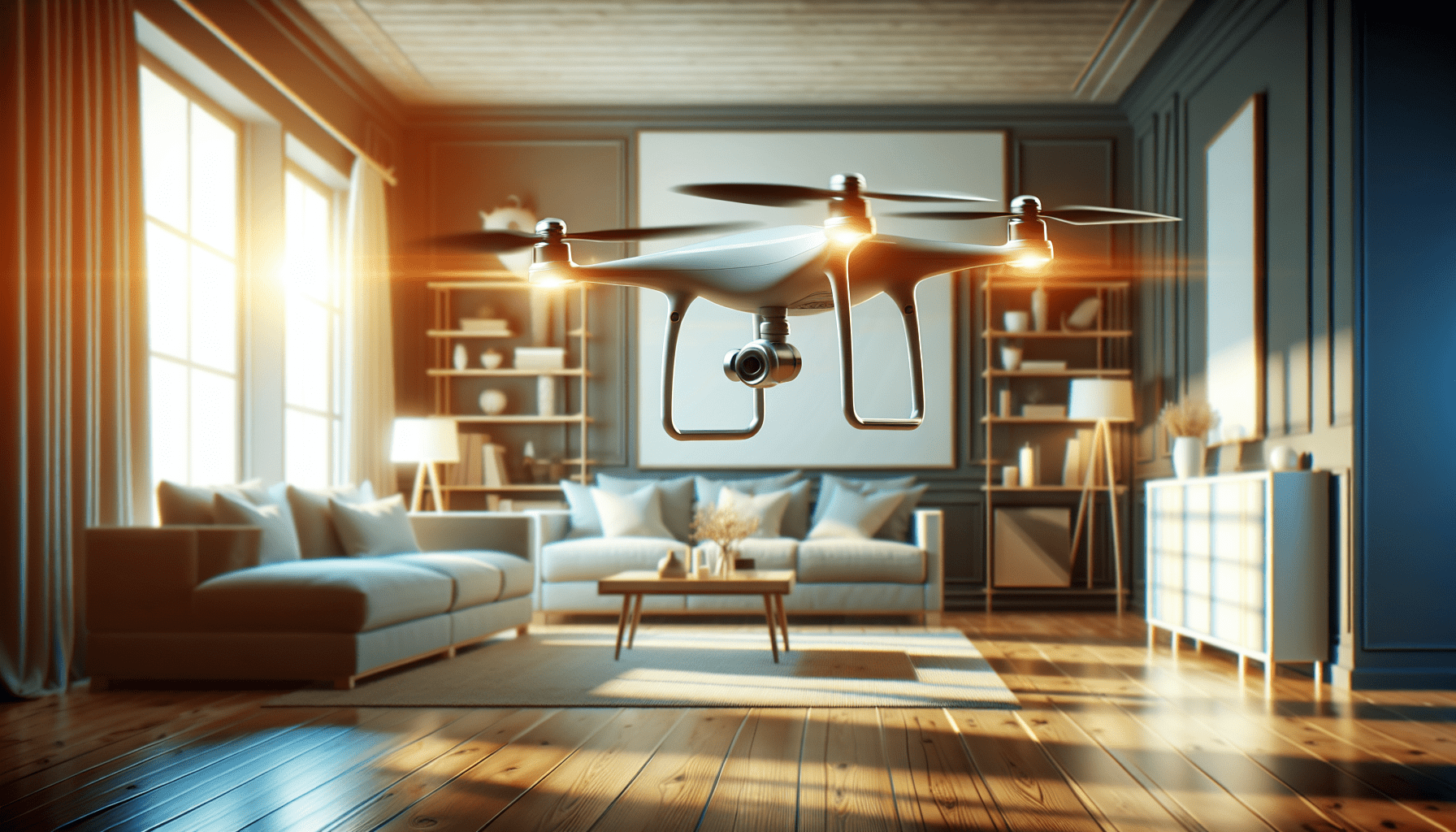Can I Fly A Drone Indoors?
Can I fly a drone indoors?
Safety Precautions for Flying a Drone Indoors
When flying a drone indoors, safety should be your top priority. Flying a drone indoors comes with its own set of challenges and risks compared to flying outdoors. It is essential to take the necessary safety precautions to ensure a safe and enjoyable flight experience.
1. Know Your Surroundings
Before flying your drone indoors, familiarize yourself with the layout of the indoor space where you plan to fly. Take note of any obstacles, fragile objects, or potential hazards that could pose a risk to your drone or others. It is crucial to have an open and clutter-free area to avoid any accidents while flying indoors.
Remember, indoor spaces can be more confined and have tighter spaces compared to outdoor environments. Make sure there is adequate room for your drone to maneuver without colliding with walls, furniture, or other objects.
2. Set Boundaries
Establish clear boundaries for your drone flight within the indoor space. This will help you stay within a safe area and prevent your drone from flying into areas where it could cause damage or injury. Setting boundaries will also help you stay focused on controlling your drone and avoid distractions that could lead to accidents.
3. Maintain Line of Sight
Maintaining line of sight with your drone is crucial when flying indoors. Keep a close eye on your drone at all times to ensure you can quickly react to any potential hazards or unexpected events. Flying indoors can present more challenges in terms of visibility, so it is essential to stay vigilant and attentive throughout the flight.
Tips for Flying a Drone Indoors
Flying a drone indoors requires a different set of skills and techniques compared to flying outdoors. Here are some tips to help you navigate the challenges of flying a drone indoors successfully.
1. Practice in a Safe Environment
Before flying your drone indoors, practice flying in a safe and open area to build your skills and confidence. Start by flying your drone in a controlled outdoor space where you can get a feel for its responsiveness and maneuverability. This will help you become more comfortable with controlling your drone before transitioning to indoor flight.
2. Use Propeller Guards
Consider using propeller guards when flying your drone indoors to protect both your drone and any objects or people in the vicinity. Propeller guards can help prevent accidental collisions and reduce the risk of damage or injury in case of a crash. Make sure to install the propeller guards properly before flying your drone indoors for added safety.
3. Fly Low and Slow
When flying a drone indoors, it is advisable to fly low and slow to minimize the risk of collisions and accidents. Flying at a lower altitude will give you more control over your drone and reduce the chances of damaging objects or causing injury. Take your time to navigate through the indoor space carefully and avoid making sudden or erratic movements that could lead to a crash.
4. Practice Precision
Indoor flight requires a higher level of precision and control compared to outdoor flight. Practice flying your drone with precision movements such as hovering in place, flying in tight spaces, and maneuvering around obstacles. Developing these skills will help you become a more proficient indoor drone pilot and avoid accidents or mishaps during flight.
Legal Considerations for Flying a Drone Indoors
Before flying a drone indoors, it is essential to be aware of any legal restrictions or regulations that may apply to indoor drone flights. While indoor flight may seem less regulated than outdoor flight, there are still rules and guidelines that drone pilots must follow to ensure safe and responsible operation.
1. Check Local Regulations
Check with your local aviation authorities or governing bodies to determine if there are any restrictions or regulations specific to indoor drone flights in your area. Some jurisdictions may have specific rules regarding indoor drone operations, such as altitude limits, flight paths, and prohibited areas. Familiarize yourself with these regulations to avoid violating any laws or regulations while flying your drone indoors.
2. Respect Privacy
When flying a drone indoors, it is essential to respect the privacy of others who may be in the vicinity. Avoid flying your drone near windows, private spaces, or areas where individuals may have a reasonable expectation of privacy. Be mindful of the people around you and ensure that your drone flight does not intrude on their personal space or violate their privacy rights.
3. Obtain Permission
If you plan to fly your drone indoors in a public or private space, make sure to obtain permission from the property owner or relevant authorities before proceeding. Some indoor spaces may have restrictions or policies regarding drone flights, so it is crucial to seek permission in advance to avoid any conflicts or legal issues. Always respect the rules and regulations set by the property owner or management when flying your drone indoors.
Conclusion
In conclusion, flying a drone indoors can be a fun and rewarding experience if done safely and responsibly. By following the safety precautions, tips, and legal considerations outlined in this article, you can enjoy flying your drone indoors while minimizing the risk of accidents or mishaps. Remember to practice good judgment, respect the rules and regulations, and prioritize safety above all else when flying a drone indoors. With the right skills and mindset, you can have a successful indoor drone flight that is both enjoyable and safe.

